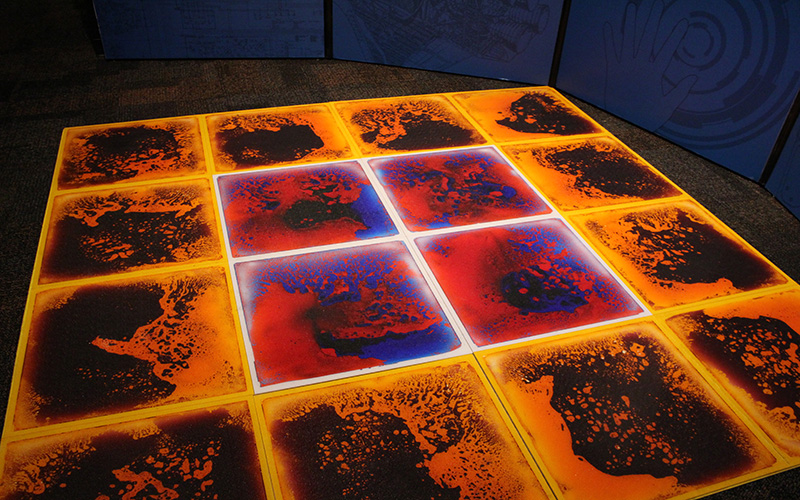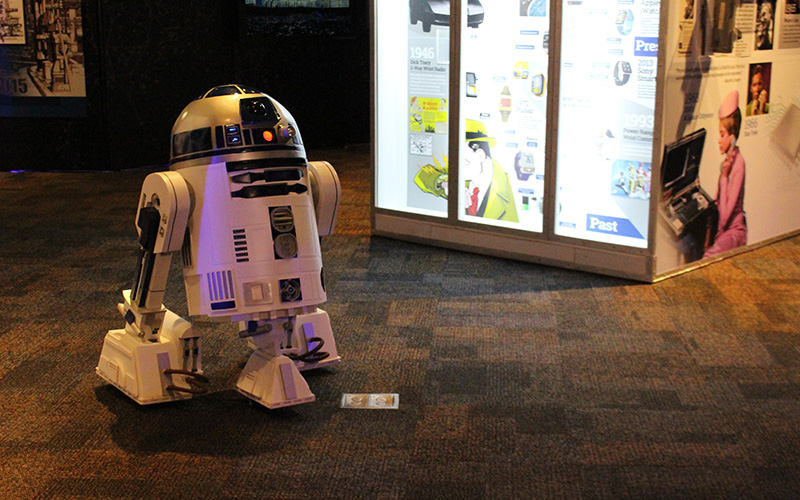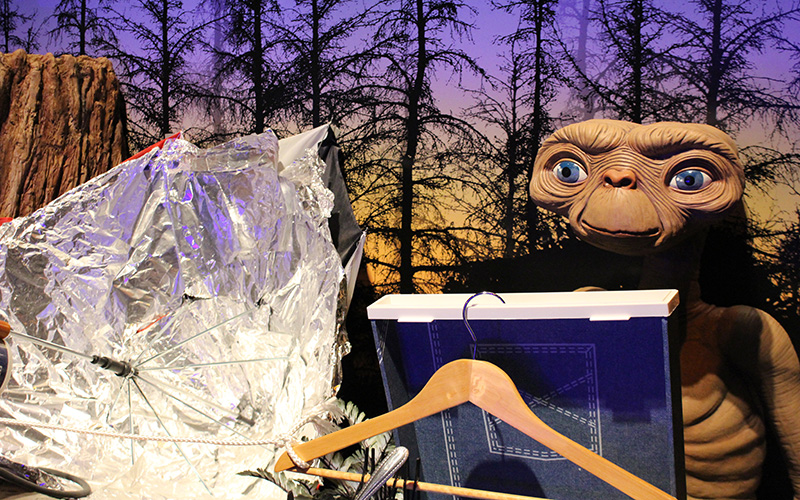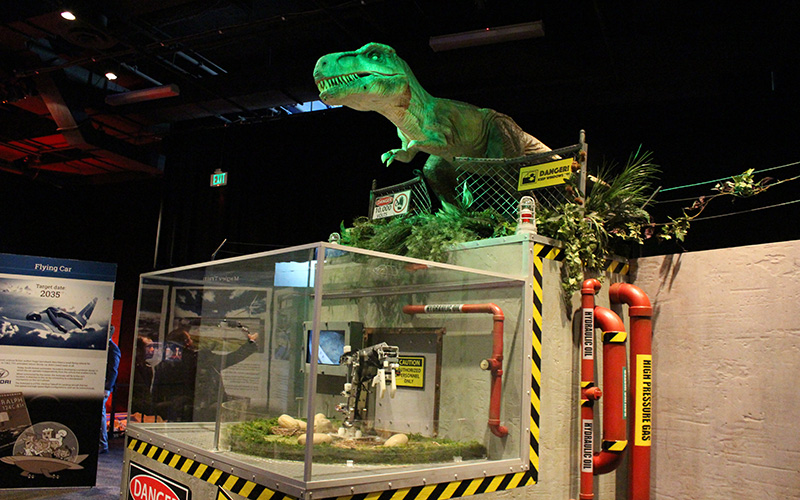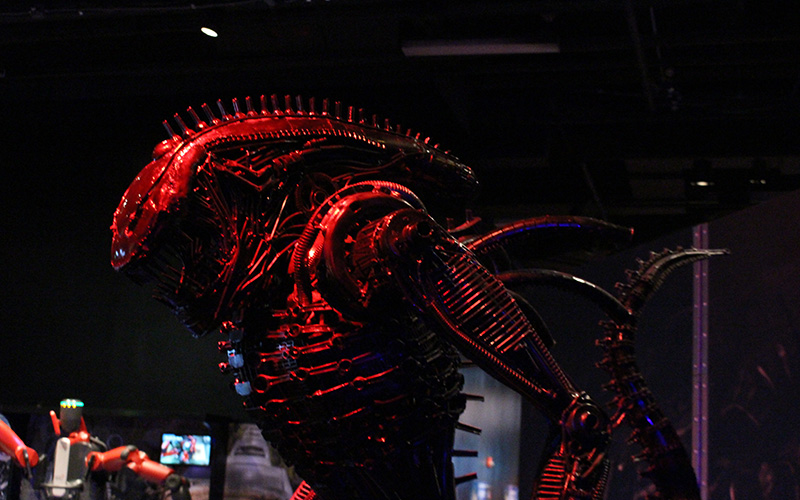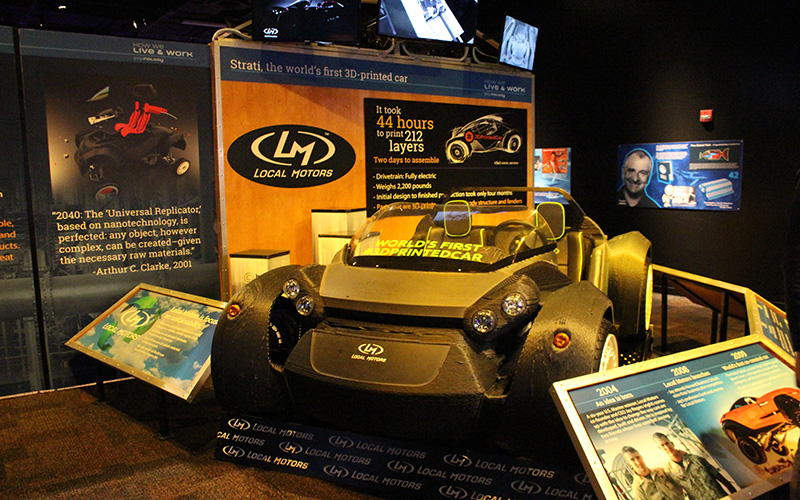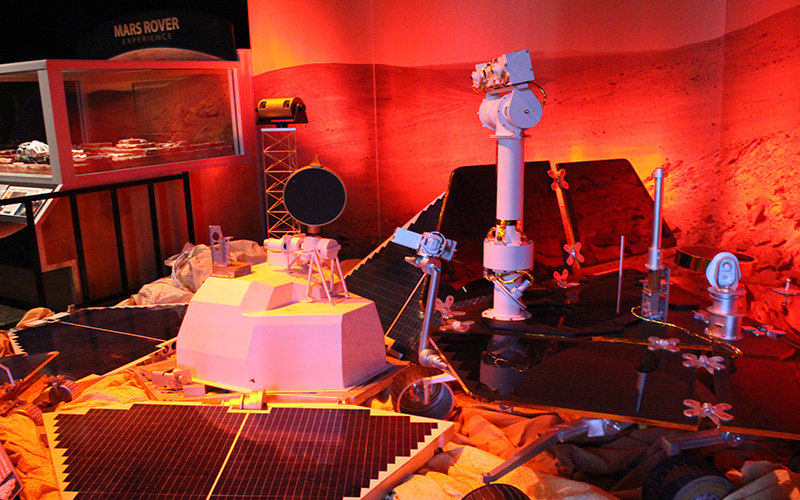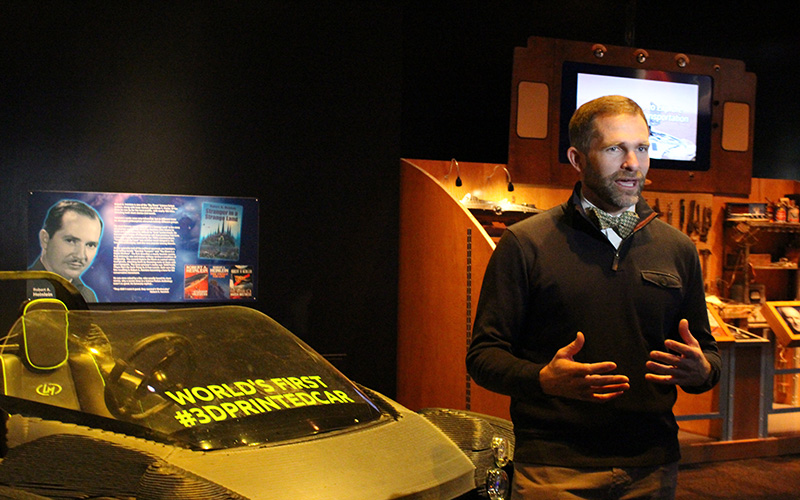POPnology, an 8,000-square-foot exhibit packed with science fiction technology, will make its debut at the Arizona Science Center on Sunday.
The exhibit features iconic science fiction devices from popular movies, books and television shows like “Jurassic Park,” “Back to the Future” and “Star Wars.”
“There is so much fun in science,” said Chevy Humphrey, president and CEO of the Arizona Science Center. “All the things that our minds can imagine are things that can actually happen.”
POPnology features technologies that – at one time – were just a notion in a movie, but have since developed into an actual device, like the hoverboard from “Back to the Future.”
Most Americans have a positive view about technological developments to come, according to a Pew Research Center and Smithsonian magazine survey in 2014.
Nearly 60 percent of the survey’s 1,000 respondents said they’re optimistic advances will “make life in the future better.” However, they also expressed concerns about issues such as altering DNA, using robots as caregivers and widespread use of drones.
The study indicated that many Americans look forward to technological advances in transportation, like flying cars and hoverboards. The Arizona Science Center’s exhibit touches on many of these themes.
The exhibit has four sections: “How We Play,” “How We Connect,” “How We Move” and “How We Live and Work.”
Inside the “How We Play,” guests can enter a virtual world with the help of Oculus Rift technology. After putting on virtual reality goggles and headphones, users can shoot asteroids with laser vision or take an elevator to the top of a skyscraper.
The exhibit also features how communication has changed in recent times with a focus on social media and mobile devices. It takes a look back at old telephones and what life was like before the smartphone while looking forward to what technologies may be next.
“I think people take for granted, and they forget how revolutionary the one little thing in their pocket is,” said Troy Carlson, president of Stage Nine Exhibit Design, the company behind POPnology.
This section also features artificial intelligence and alien life forms and their prominence in popular culture, including HAL 9000 from “2001: A Space Odyssey” and E.T.
The exhibit also highlights transportation in new and innovative ways, including the world’s first 3-D printed car made by Local Motors. John Rogers Jr., CEO and co-founder of Chandler-based Local Motors, said he hopes this portion of the exhibit will inspire the next generation of creators.
“Today, I watch kids design with various sketch programs that are able to make things real very quickly. 3-D printing is just one way of doing something,” he said.
The section features vehicles of the future, like the plans for a flying car and a jet pack.
“How We Live and Work” highlights technological innovations like Baxter, a robot, and 3-D printed replacement machinery from the International Space Station. The exhibit also includes replicas of R2-D2 and the Terminator.
“I think this exhibition shows the idea of potential,” said David Rock, director of exhibits and collections at the Arizona Science Center. “Originally, all of this was just an idea, just a concept, but now it’s real.”
The POPnology exhibit runs from Feb. 7 through May 15, and costs $10 for children and $12 for adults in addition to the Arizona Science Center entrance fee.
POPnology exhibit at the Arizona Science Center with @JustGilbert100 @cronkitenews pic.twitter.com/KXHdyUFERh
— Kaitlyn Thompson (@KThompsonReport) February 4, 2016
